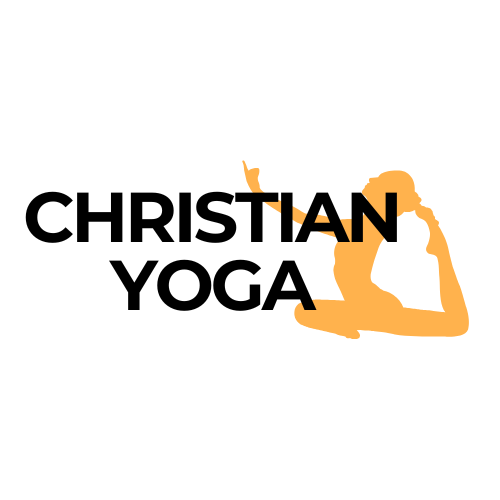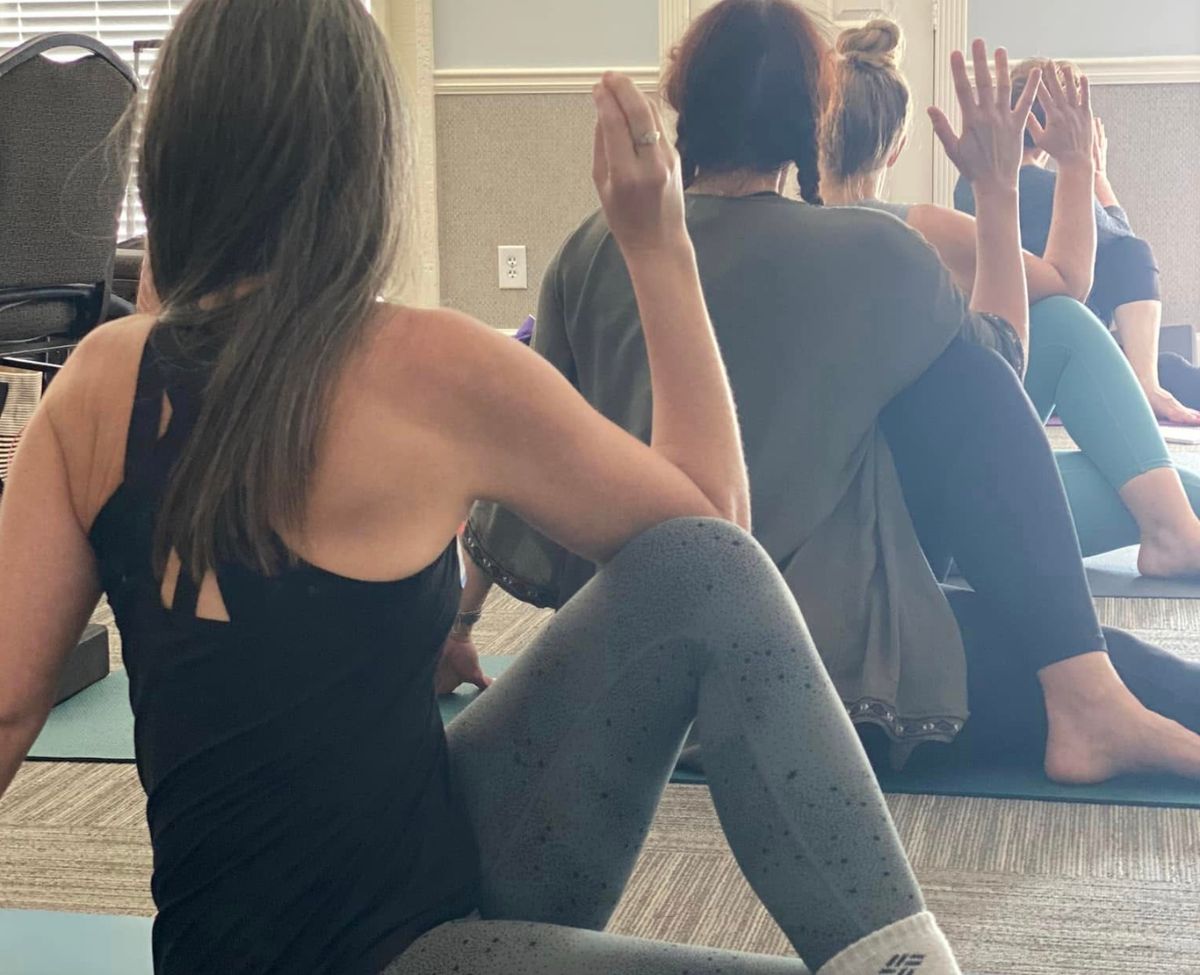Yoga has become an essential part of many people’s wellness routines. Its blend of physical postures, breathing exercises, and mental relaxation has drawn individuals from all walks of life. For those who are passionate about yoga and want to share their knowledge with others, pursuing online yoga instructor training could be a perfect fit. This guide will provide an overview of what yoga instructor training is, how it works, and why it might be the right choice for aspiring instructors. What Is Online Yoga Instructor Training? It is an educational program designed to certify individuals as yoga instructors through a virtual platform. It allows students to learn yoga at their own pace, gaining the skills and knowledge needed to lead classes. This type of training combines the flexibility of online learning with a structured curriculum that covers a wide range of topics, including yoga philosophy, anatomy, asanas (poses), meditation techniques, and teaching methods. How Does Online Yoga Instructor Training Work? It works similarly to traditional in-person courses but is delivered entirely through digital platforms. Here’s how it typically works: Choose the Right Program There are various online yoga instructor programs available, each with its own curriculum and specialization. Some focus on specific styles of yoga, such as Hatha or Vinyasa, while others might offer a more general approach. Enroll in the Course After selecting your program, the next step is enrollment. Once registered, you’ll gain access to the course materials, which could include video lessons, written materials, and live webinars. Most programs are self-paced, allowing you to learn at your convenience. Follow a Structured Curriculum It typically includes a combination of lectures, demonstrations, and assignments. Instructors guide students through a comprehensive curriculum that covers key areas such as anatomy, alignment, sequencing, and adjustments. Complete Assignments and Exams To ensure that you’ve understood the material, most courses require you to complete assignments and exams. These might include writing reflections, teaching practice sessions, or quizzes on yoga philosophy and anatomy. Assignments help reinforce learning and ensure you’re well-prepared for teaching yoga. Live Sessions and Mentorship Many online training programs incorporate live sessions where you can interact with your instructors and fellow students. These sessions offer an opportunity to ask questions, practice teaching, and receive feedback. Certification After successfully completing the required hours of training and assignments, students receive a certification, signifying that they’ve met the standards for becoming a yoga instructor. Most programs are accredited by recognized yoga organizations, such as Yoga Alliance, which adds credibility to your certification. Why Choose Online Yoga Instructor Training? There are several reasons why this training has become an attractive option for many aspiring teachers: Flexibility One of the biggest advantages of this training is the flexibility it offers. You can study at your own pace and fit lessons into your schedule. This is especially helpful for those with busy personal or professional lives. Cost-Effective Online training programs are often more affordable than in-person courses. Without the overhead costs associated with renting physical space or paying for travel and accommodations, many online programs offer more budget-friendly options. Access to a Global Community Online courses connect you with students and teachers from all over the world. This global community offers a diverse perspective on yoga, enriching your learning experience. Variety of Learning Styles Online programs typically offer a variety of learning materials, such as videos, written lessons, and live sessions. This allows you to choose the format that suits your learning style, whether you prefer visual demonstrations or written instructions. No Geographic Limitations It removes geographic barriers. Whether you’re in a remote area or a city with few yoga training options, you can access quality education from anywhere in the world. Common Challenges of Online Yoga Instructor Training While this training offers many benefits, there are also challenges to consider: Self-Motivation Since many online programs are self-paced, it requires a strong sense of discipline and self-motivation to stay on track and complete the program. Unlike in-person training, there isn’t a set schedule to follow, so you’ll need to be proactive in managing your time. Limited Hands-On Practice Yoga is a physical practice, and learning in an online environment means you won’t have the same hands-on experience that comes with in-person training. While some programs offer live virtual classes or workshops, it can still be harder to get real-time corrections and adjustments from an instructor. Technology Issues As with any online learning experience, you may encounter technical issues. Reliable internet access, as well as a functioning device, is necessary to fully engage in the course. Be prepared for occasional glitches, especially in live sessions. Final Thoughts Online yoga instructor training opens up the opportunity to become a certified yoga teacher without the constraints of traditional, in-person learning. It offers flexibility, affordability, and accessibility, allowing you to learn from anywhere at your own pace. However, self-discipline and motivation are key to succeeding in an online format. Ready to begin your journey toward becoming a yoga instructor? Explore the options available and take the first step toward a fulfilling new career path today!
What Is Online Yoga Instructor Training, and How Does It Work?





